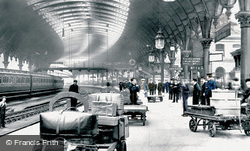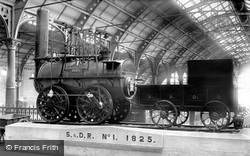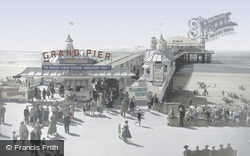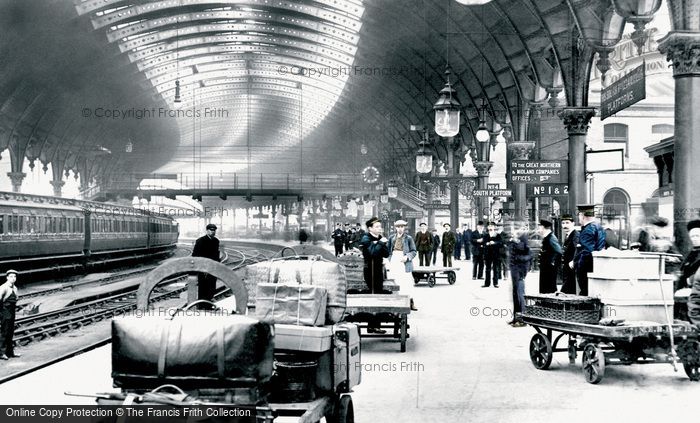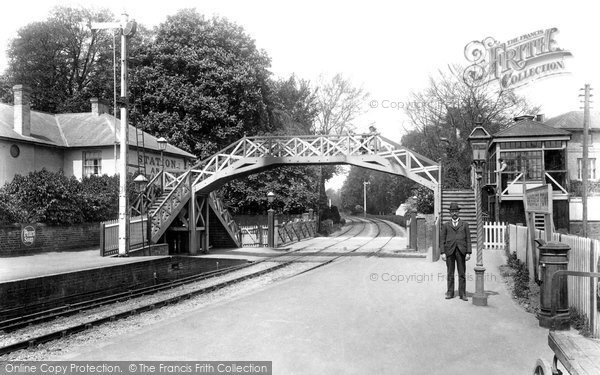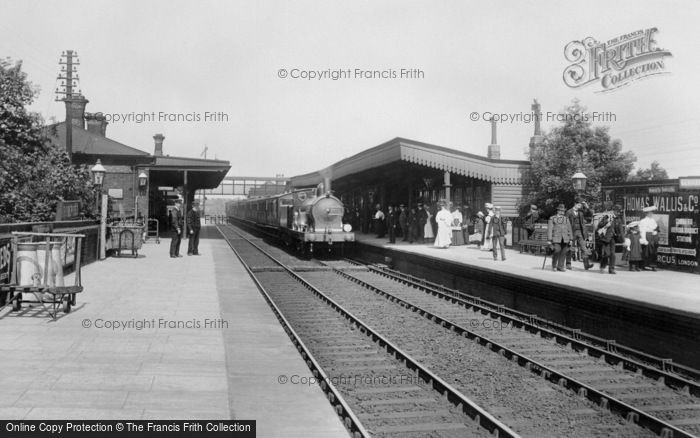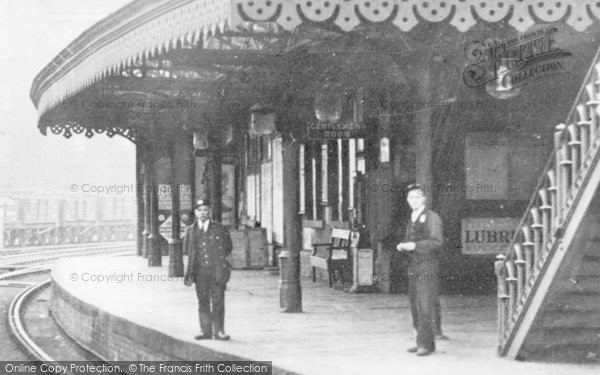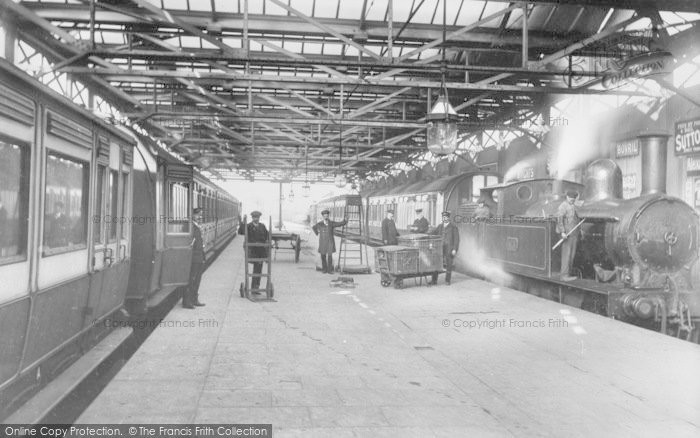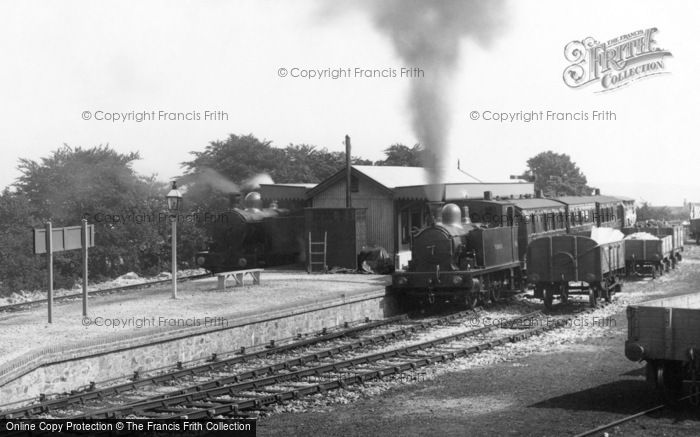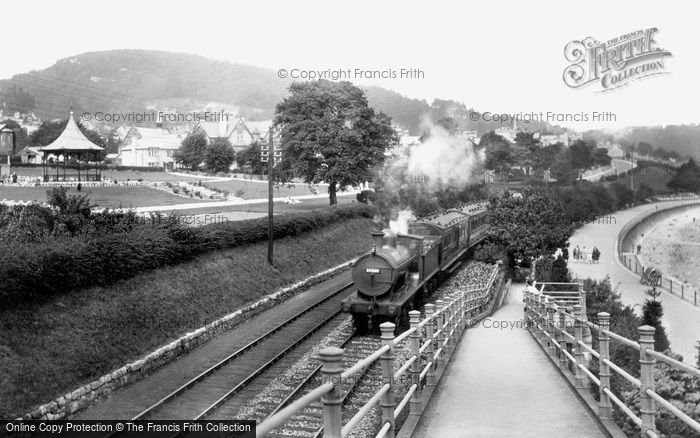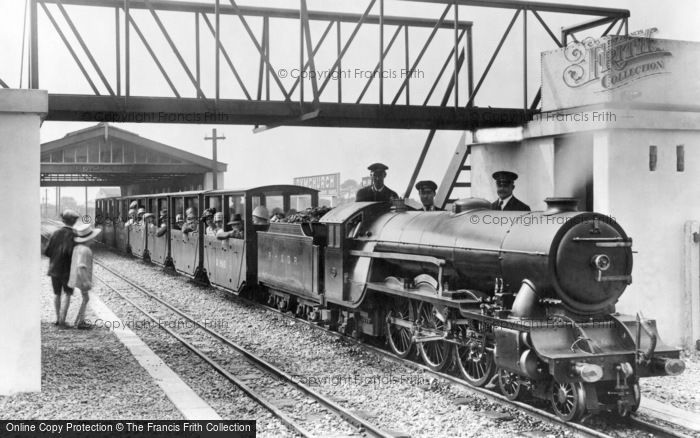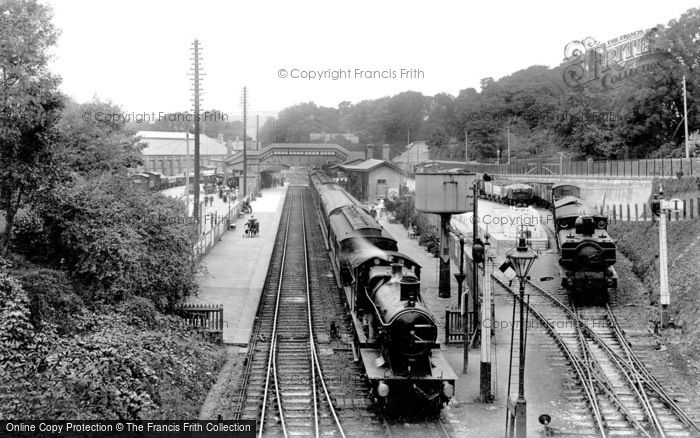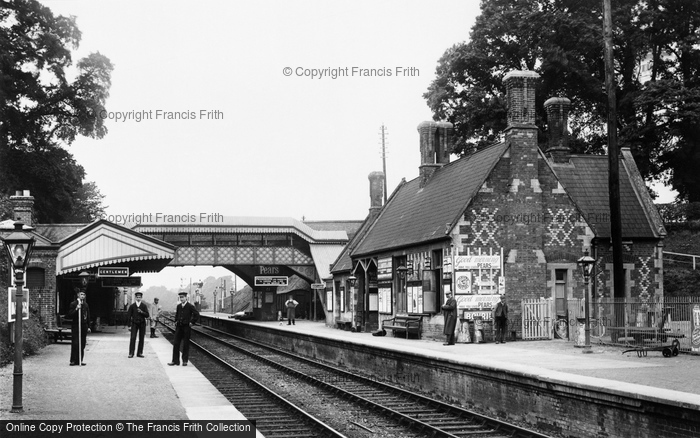Waiting on the platform
Published on
September 11th, 2025
 We continue our celebration of the 200th anniversary of the railways this September with this selection shunning today's hectic, bustling commuter scenes in favour of nostalgic archive photos of quiet train station platforms of the early part of last century.
We continue our celebration of the 200th anniversary of the railways this September with this selection shunning today's hectic, bustling commuter scenes in favour of nostalgic archive photos of quiet train station platforms of the early part of last century.
Porters and conductors await another arrival of passengers at York Railway Station.
A solitary passenger waits for his train perhaps into London whilst children watch from the footbridge.
A train arrives at Saltaire station, in the shadow of the impressive Salts Mill building.
Romford railway station retained its rural charm until 1930; then, the Romford Railway Improvement Scheme enlarged the buildings to accommodate the growing number of commuters. The milk churns on the platform on the left of this view are a reminder of how Romford still fed London from its farmland and glasshouses when this photo was taken in 1908.
Station staff at Heywood station near Manchester c1910. Note the "Gentlemen's Room" along the platform.
Railway staff pose for the Frith photographer, taking a short break from their work at Oxford station.
Great Western Railway staff board a train at Swindon around 1913 for their much anticipated annual holiday.
Set at the heart of an ancient tin mining district this pleasing old village straddles the Tamar. The goods sidings at the station recall Cornwall’s past prosperity based on the mining of tin. Above the village are the remains of the mammoth mine of Drake Walls.
When the railway came to Grange-over-Sands in 1857 it signalled the town’s rapid expansion as a seaside resort for visitors from the industrial mill towns of Lancashire. Here engine 12501 on the up line for Barrow, having left Grange station, steams along the front, past the town’s park, where the conical-roofed bandstand is prominent. The bandstand was moved to that position in 1928 so as to be away from the smuts and noise of the railway.
The Romney, Hythe and Dymchurch Railway opened in 1927 and is the world’s smallest public railway service. From Hythe to New Romney the 15-inch gauge line is double tracked, so trains travelling in the opposite direction can pass each other. However, beyond New Romney the line is a single track to Dungeness with a passing place at Romney Sands. It is still running today, and serves both as a novelty for holidaymakers and as a commuter train for local schoolchildren.
An up train is about to depart for Plymouth. This view is rich in detail, including the station buildings, the footbridge, a water tower, semaphore signals, lamps and very tall telegraph poles. There is a large goods siding and shed to the left (now the bus station), while on the right are smaller sidings with animal pens, a loading gauge and a shunting signal. A tank engine with a goods train waits for the main line to clear.
When this photograph was taken in 1907, the trains had only been running on standard gauge track for 15 years. The Great Western Railway originally used Brunel’s broad gauge, which was just over 7ft, but in order to fall into line with other railways the conversion to standard gauge was made in 1892. The GWR could not afford to stop the trains for too long, and so the whole line was converted in just two days, a feat which borders on the unbelievable, and which must have involved thousands of workers.
Great Western trains thundered through Liskeard bound for Penzance, carrying travellers to within ten miles of Land’s End. Here a group of ladies have collected their baggage and wait to board an incoming train. The kiosk is advertising Pears’ soap and Lipton’s teas.
There were once two stations at Savernake; one served the Great Western Company, the other the Midland SW Junction. This shows what was later known as the Lower Level Station, near the village of Burbage in Wiltshire, originally named Savernake Station, on the Berks and Hants Extension Railway, which was open from 1862 until 1966. In 1864, the Marlborough Railway opened its short branch line to Marlborough, which was operated by the Great Western and then taken over by it, and Savernake became a junction. Until 1916, Savernake had six trains a day, plus up to six slip coaches from Paddington, the fastest covering the 70 miles (110 km) to Savernake in 75 minutes. In 1924 the station was renamed Savernake Low Level Station, with the nearby station on the former Midland and South Western Junction Railway line becoming Savernake High Level at the same time. In the 1950s Savernake had ten trains a day on the main line, seven to Marlborough and two other Midland and South Western Junction Railway trains. It was renamed again as Savernake for Marlborough in 1961 when the High Level station officially closed. This station closed on 18 April 1966. Note the sack trolley on the right of this view, the Gentlemen sign, the notice boards, the footbridge over the track: these functional items can still be seen today in some stations, ninety years later.
Perhaps you'd like..?
If you liked our "Waiting on the platform" Blog Feature, you might like to see and follow this
Francis Frith board over on Pinterest.
This post has the following tags:
Archives.
You may find more posts of interest within those tags.
Join the thousands who receive our regular doses of warming nostalgia!
Have our latest blog posts and archive news delivered directly to your
inbox.
Absolutely free. Unsubscribe anytime.
 We continue our celebration of the 200th anniversary of the railways this September with this selection shunning today's hectic, bustling commuter scenes in favour of nostalgic archive photos of quiet train station platforms of the early part of last century.
We continue our celebration of the 200th anniversary of the railways this September with this selection shunning today's hectic, bustling commuter scenes in favour of nostalgic archive photos of quiet train station platforms of the early part of last century.
